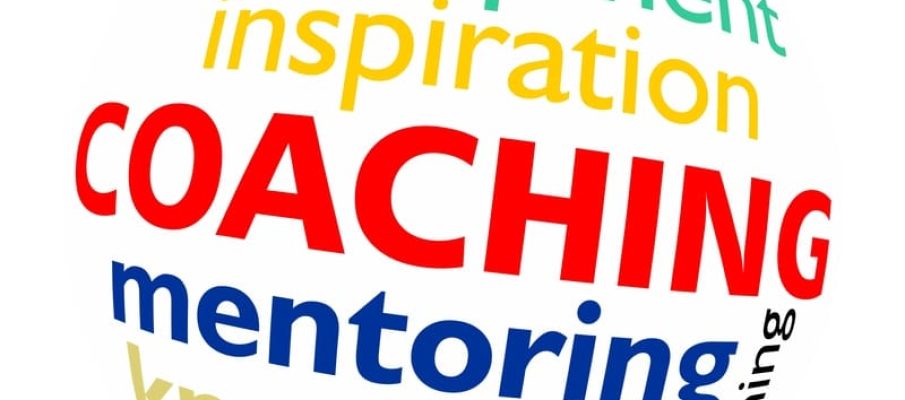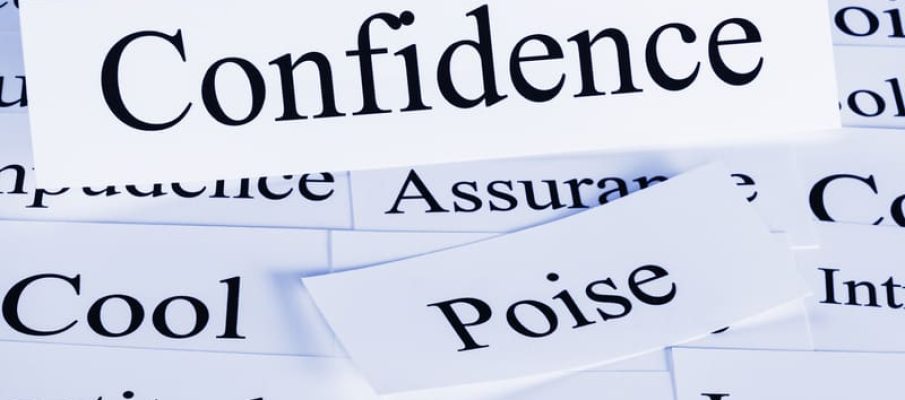Not So Fun: More Fractured Grammar



The most effective leaders in any organization are those who have mastered the art of coaching. The goal of the coach should be to increase the team’s accountability, clarity, empowerment, problem-solving abilities, self-correction, confidence, integrity, personal growth, and, of course, productivity.
To enhance your coaching skills, you may need to eliminate or minimize some common (and tempting!) responses that can get in the way. These responses are ineffective because they will likely put other people on the defensive, dilute their accountability/confidence, or distract them from solving problems creatively. Here’s a list of “10 deadly missteps”:
Did you see anything in this list that you tend to do? Don’t worry: Most leaders use these responses from time to time. Your assignment now is to replace these responses with ones that help others solve problems, be accountable, and take action!

The following is an (edited) excerpt from a recent 60 Minutes report, “How Dogs Express Their Emotions.”
If you have ever watched YouTube videos of dogs welcoming home returning service members, it’s easy to see the bond between dogs and their owners. But have you ever wondered if dogs love us the way we love them?
Brian Hare, an evolutionary anthropologist at Duke University, says there’s proof of that bond. It’s found in our bloodstreams: “We know that when dogs and humans make eye contact, that actually releases what’s known as the love hormone, oxytocin, in both the dog and the human. It turns out oxytocin, the same hormone that helps new mothers bond with their babies, is released in both dogs and humans when they play, touch, or look into one another’s eyes. What we know now is that when dogs are actually looking at you, they’re essentially hugging you with their eyes.”
And when dogs are making a lot of eye contact with you, it’s not that they’re just trying to get something from you. It probably is just really enjoyable for them because they get oxytocin or an uptick in the “love hormone.”
All these new discoveries about dogs have led Brian Hare to create a science-based website called Dognition, where owners can learn to play games to test their dog’s brain power.
So the next time your dog fixes you with those big, trusting eyes, he’s really thinking of you, not just his next can of Alpo.

Words are powerful. They can elevate, enlighten, encourage, and shame. They can heal and they can wound. They can also complement or detract from the image you want others to see when they interact with you. While we can’t choose every word we say, we can rid ourselves of the ones that don’t serve us. Here are the ones I plan to send to the dumpster this year:
Which words and phrases would you add? Let us know in the Comments section!

Is it just me, or have you noticed that these two abbreviations are often used interchangeably? They shouldn’t be! While i.e. and e.g. are both abbreviations for Latin terms, i.e. stands for id est and means roughly “that is” or “in other words,” while e.g. stands for exempli gratia, which means “for example.” Not the same thing at all.
Here’s a trick from Grammar Girl for remembering the difference — i.e., which starts with i, means “in other words,” and e.g., which starts with e, means “for example.”
I = in other words
E= example
Also, be sure to use appropriate commas, periods, and parentheses. In the two examples below, both abbreviations are surrounded by commas and/or parentheses.

A big day is coming. It’s January 1 – day one of your annual self-improvement project. Lose 10 pounds. Pay off some bills. Make more friends. Advance your career. Be happy.
All of these are worthy goals, but are you really prepared to implement them? Below are six questions to ask yourself before you stumble down the self-improvement road and find you’ve lost your way.
Finally, I was going to end this post with a bracing motivational quote, but who cares what I think! Find your own inspiration – and get going!

An act of kindness a day keeps depression at bay.
How are you feeling today? Energized, capable, connected, and peaceful? Or are you bored, sad, lonely, unfocused, or isolated?
If it’s the latter, this may be the cure you’ve been looking for: kindness.
Why kindness? Mental health authorities around the world say that practicing acts of kindness frequently produces multiple health benefits. According to the UK’s Mental Health Foundation, for example, kindness:
As a 2011 article in the Huffington Post explains, “Oxytocin (which we produce through emotional warmth) reduces levels of free radicals and inflammation in the cardiovascular system and thus slows aging at its source. Incidentally these two culprits also play a major role in heart disease, so this is also another reason why kindness is good for the heart.”
Convinced? Are you ready to “pay it forward”? Here are some ways to get started. Smile at someone who is looking miserable. Volunteer an hour this month to a cause you support. Donate a few dollars to a local charity. Text or email a few words of recognition to an unsung hero. Call a friend or family member who is struggling right now.
“Kindness is a language that the deaf can hear and the blind can see.” Mark Twain.

From Humans of New York
“We’re coming up on a year of marriage.”
“Tell me your favorite thing about each other.”
“Her ability to intuit my moods.”
“Her living room choreography of every song that comes on the radio.”

You’ve assigned an important task to a talented employee and given her a deadline. Now, do you let her do her work and simply touch base with her at predefined points along the way – or do you keep dropping by her desk and sending e-mails to check her progress? If it’s the latter, you might be a micromanager.
Micromanagers take perfectly positive attributes — an attention to detail and a hands-on attitude — to the extreme. Whether they are control-obsessed or simply feel driven to succeed, micromanagers risk disempowering their colleagues. They ruin their colleagues’ confidence, hurt their performance, and frustrate them to the point where they quit. Micromanagers prevent employees from making — and taking responsibility for — their own decisions. But it’s precisely the process of making decisions, and living with the consequences, that causes people to grow and improve.
Not sure this describes you? Below are five signs you might be a micromanager:
The first step in avoiding the micromanagement trap (or getting out of it once you’re there) is to recognize it. Once you do, it’s time to apologize and change. This means giving your employees the leeway – and encouragement – to succeed. Focus first on the ones with the most potential, and learn to delegate effectively to them. Get support from your boss, coach, or colleague. A terrific book on this topic is Marshall Goldsmith’s “What Got Your Here Won’t Get You There.”

Is your head hurting right now?
While we’re at it, how’s your blood pressure? What about your weight? Are you sleeping well? Do the kids seem increasingly needy? Are you at odds with your spouse? And have your co-workers become less and less collaborative?
Something is going on here. But what’s causing it?
Maybe it’s your unforgiving To Do list. Perhaps it’s the unrelenting deadlines, expectations, and obligations at work and home – and the guilt, anger, and frustration of trying to meet them all. Or could it be the torrent of blogs, websites, social media, newsfeeds, texts, tweets, Instagram, home video streaming, and emails you access compulsively?
You know what? You need some white space, and soon.
Think of white space as your personal “reboot,” emotionally, cognitively, and physically — a refresh that you conduct daily that allows you to make more room for the things you want to do and need to do.
The benefits of these mini-reboots are huge. White space can help you increase your energy, sharpen your focus, decrease your stress, manage your emotions, strengthen your relationships, and allow you to be more productive. It may even prolong your life.
As you think about white space, don’t confuse it with “me time,” which is often about hobbies, activities, entertainment, people, and food. We crave most of these things in our lives; however, they can also be distractions from what you may really need: true down time.
In other words, white space is not about doing; it’s about being. Being means you turn away from your laptop, Smartphone, internet, and TV. Instead, you find a quiet place where you connect with you.
Is this sounding a little too mystical? Let’s get practical, then. Think of white space as your customized hyperbolic chamber, one that you create yourself. In this chamber, you slow down or even stop. You allow your body and mind to regain their natural rhythms. You gear down. Way down.
But how? Let’s borrow a few techniques from yoga: Find a quiet place at least once each day that is stimulus-free and one where you won’t be disturbed. That space could be your car, a quiet hallway at work, or a local running track (but not a busy street where you will be distracted by traffic, noise, and people).
Once you find the quiet place, follow these steps: Begin by focusing on breathing deeply and slowly. After a minute or two, focus on relaxing every part of your body, naming each part as you focus on it. “Feet, relax. Legs, relax. Core (torso), relax. Chest and shoulders, relax.” As you continue to focus on your breathing, clear your mind. Let thoughts – both positive and negative – go. In fact, imagine them floating away from you and disappearing. Again, focus on breathing and being present.
You can do all this in 5-10 minutes, and you can repeat it throughout the day, as necessary. You’ve got nothing to lose, and everything to gain. Try it!